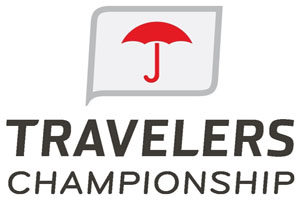It is difficult for most people to get worked up about herring, even in New England, but the Pew Charitable Trusts Environmental Group is leading a charge to preserve the herring population, and with it much of the region’s fish-related industry. Connecticut is among the states at the center of the effort, given the prominence of Long Island Sound and the Connecticut River.
The concern, as reported by the Associated Press, is that off-shore trawlers pull up hundreds of thousands of pounds of herring at a time, depleting a species that is a critical food for just about every commercial fish in the region. The small, nutrient-rich fish are eaten by larger fish we love to catch and eat–tuna, haddock, cod and striped bass. Without herring to chase and eat, these fish could fade from inshore waters. The he rring's influence even extends to ocean tours, which depend on abundant herring to attract whales and birds to the ocean surface to feed and be seen.
rring's influence even extends to ocean tours, which depend on abundant herring to attract whales and birds to the ocean surface to feed and be seen.
The numbers, Pew points out, are nothing short of alarming. Catching herring is prohibited in Connecticut waters, but as the numbers reflect, the fish aren’t reaching those waters like they used to. According to the Connecticut Department of Energy and Environmental Protection (DEEP), millions of river herring once returned annually to Connecticut, but environmental officials say that by 2006, only 21 passed the Holyoke Dam on the Connecticut River.
The New England Fishe ry Management Council (NEFMC) – which manages fishery resources within the 200 mile limit of the coasts of the New England States - meets June 20 in Portland, Maine to decide how to protect river herring at sea, and Pew is urging Connecticut to help protect the herring. The NEFMC members include the principal state official with marine fishery management responsibility (or their designee) for Maine, New Hampshire, Massachusetts, Rhode Island and Connecticut. Members are nominated by the governors, and appointed by the U.S. Secretary of Commerce.
ry Management Council (NEFMC) – which manages fishery resources within the 200 mile limit of the coasts of the New England States - meets June 20 in Portland, Maine to decide how to protect river herring at sea, and Pew is urging Connecticut to help protect the herring. The NEFMC members include the principal state official with marine fishery management responsibility (or their designee) for Maine, New Hampshire, Massachusetts, Rhode Island and Connecticut. Members are nominated by the governors, and appointed by the U.S. Secretary of Commerce.
In the Connecticut River, habitat restoration has helped river herring return to their native areas. In the 1970s, runs had dwindled to about 200 fish. With community efforts, half a million blueback herring were counted in 1986. But by 2008, the run had again plummeted to only 84 fish.
NEFMC is also in the midst of a search for a new executive director.




































